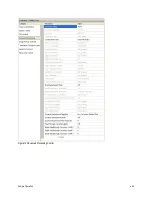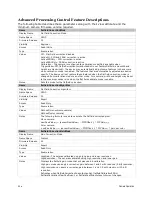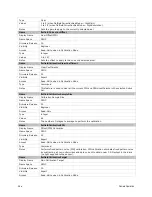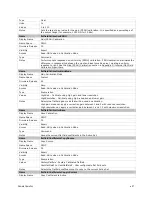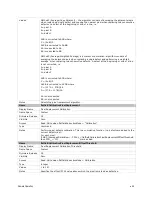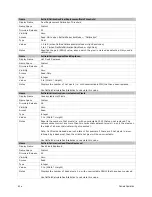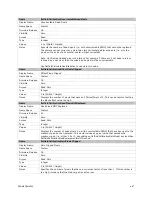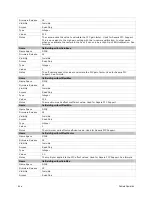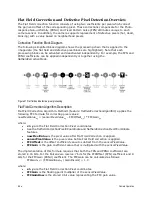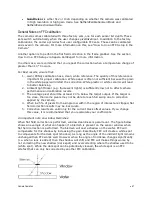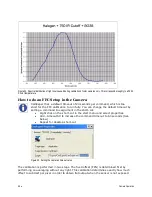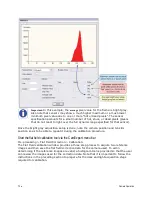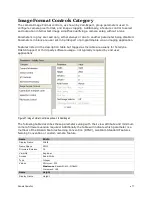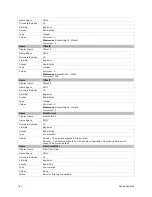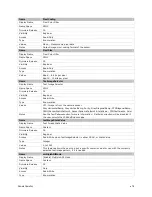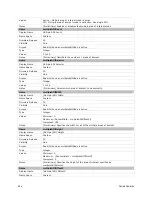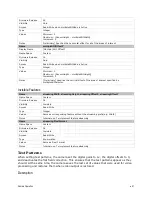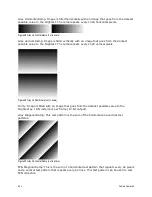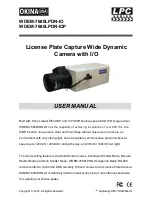
Camera Operation
•
67
•
GainDivisor
is either 512 or 1024 depending on whether the camera was calibrated
in High resolution or high gain mode. See
flatfieldCalibrationGainMode
and
flatfieldCorrectionGainMode.
General Notes on FFC calibration
The camera comes calibrated with three factory sets, one for each sensor bit depth. These
sets switch automatically when the user changes
pixelSizeInput.
In addition to the factory
calibrations, the camera provides four user configurable FFC sets. These can be calibrated
and saved in the camera. For more information on this, see “How to do an FFC Setup in the
Camera”.
Another option is to perform the flat field correction in the frame grabber. See the section
How to do a FFC Setup via Sapera CamExpert for more information.
In either case, we recommend that you repeat the correction when a temperature change of
greater than 10 °C occurs.
For best results, ensure that:
1.
Gain (PRNU) calibration has a clean, white reference. The quality of this reference is
important for proper calibration. White paper is often not sufficient because the grain
in the white paper will distort the correction. White plastic or white ceramic will lead
to better balancing.
2.
Ambient light flicker (e.g. fluorescent lights) is sufficiently low not to affect camera
performance and calibration results.
3.
The average pixel should be at least 20 % below the target output. If the target is
too close, then some pixels may not be able to reach full swing due to correction
applied by the camera.
4.
When 6.25 % of pixels from a single row within the region of interest are clipped, flat
field correction results may be inaccurate.
5.
Correction results are valid only for the current black offset values. If you change
this value, it is recommended that you recalculate your coefficients.
An important note on window blemishes:
When flat field correction is performed, window cleanliness is paramount. The figure below
shows an example of what can happen if a blemish is present on the sensor window when
flat field correction is performed. The blemish will cast a shadow on the wafer. FFC will
compensate for this shadow by increasing the gain. Essentially FFC will create a white spot
to compensate for the dark spot (shadow). As long as the angle of the incident light remains
unchanged then FFC works well. However when the angle of incidence changes significantly
(i.e. when a lens is added) then the shadow will shift and FFC will makes things worse by
not correcting the new shadow (dark spot) and overcorrecting where the shadow used to be
(white spot). While the dark spot can be potentially cleaned, the white spot is an FFC
artefact that can only be corrected by another FFC calibration.

